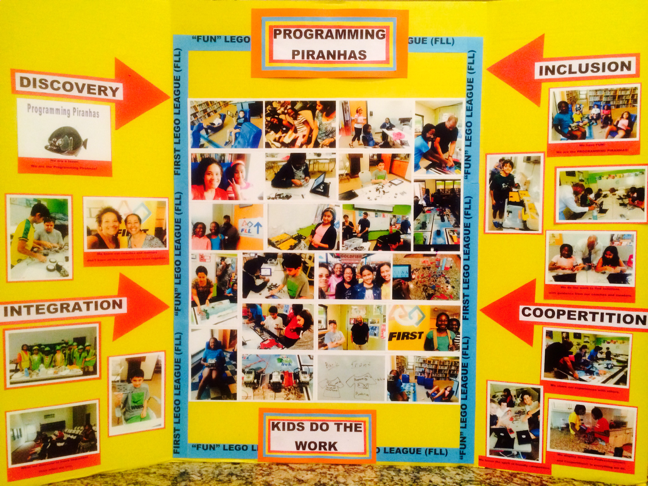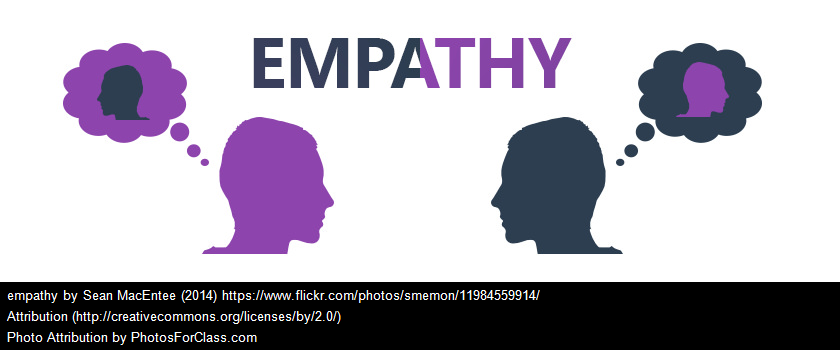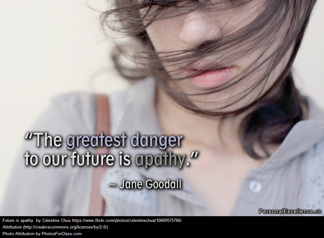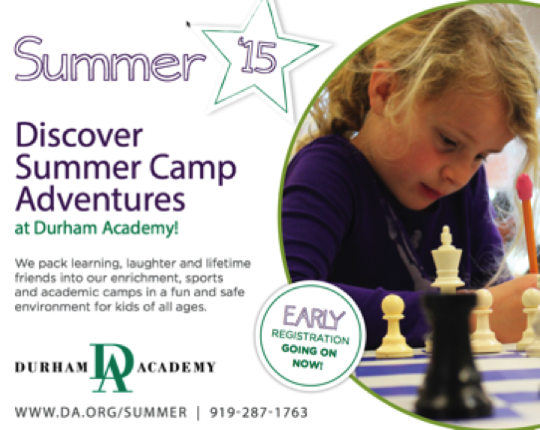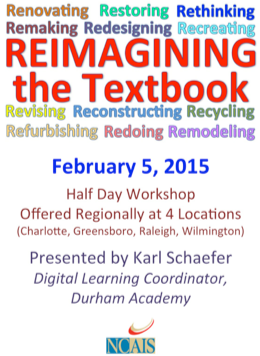
Image is property of Common Sense Media
It is quite possible that you saw the survey released by Common Sense Media that discusses their findings on the use of media by tweens and teens. They surveyed 2500 young people.
This link will take you to their survey. https://www.commonsensemedia.org/research/the-common-sense-census-media-use-by-tweens-and-teens
You can create an account, use one of the social media login options. I think we should all have accounts.
Key Findings: Bold are my highlights.
1. On any given day, American teenagers (13-to18-year-olds) average about nine hours (8:56) of entertainment media use, excluding time spent at school or for homework. Tweens(8-to 12-year-olds) use an average of about six hours’ (5:55) worth of entertainment media daily
2. From Gamers to Social Networkers, patterns of use vary widely among young media users.
3. Boys and girls have very different media preferences and habits.
4. Despite the variety of new media activities available to them, watching TV and listening to music dominate young people’s media diets.
5. Tween and teen media consumption is highly mobile. Overall, mobile devices now account for 41 percent of all screen time among tweens and 46 percent among teens.
6. Even among teens, social media use still lags behind traditional media use like listening to music or watching TV.
7. Digital screen media are used for many purposes: reading, watching, playing, listening, communicating, and creating.
8. There is a large “digital equality gap” in ownership of computers, tablets, and smartphones.
9. More parents are concerned about the type of media content their children use than how much time they spend using it.
10. Many teens multitask with media while doing their homework, and most think this has no effect on the quality of their work.
11. There are substantial differences in the amount of time young people spend with media, based on family income, parent education, and race/ethnicity.
This link will take you to Larry Magid’s response (also on Huffington Post). He is the person behind Connect Safely and a CBS News correspondent. He serves on the boards of many organizations helping young people navigate the internet. https://en.wikipedia.org/wiki/Larry_Magid
http://www.connectsafely.org/tweens-teens-tech-and-surprising-findings-from-common-sense-media-study/
I think we need to continue our efforts to teach ourselves and our students how to manage the digital tools in their lives whether we put them there or their parents do. We need to continue to model the behavior we want our students to emulate as they observe what we do daily. Finally, we need to help our students become less consumers of media and more the creators of media. The iPads give us a great tool to encourage creation with an academic focus and a place to fail and iterate fast. There is actually a lot of good information in the report and I believe we see the findings each day here at school.
If I think about the way I used media when I was a tween (it was before it was a word), I would be about the same. I still have some of these behaviors today. What I have discovered in 59 years on this planet is how to balance more of what I do. If any media wants my time and attention, there has to be a real value in it for me. I define that value as either being entertaining or educational for the most part.
How do you manage your time and attention?


